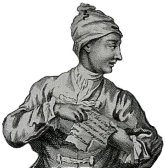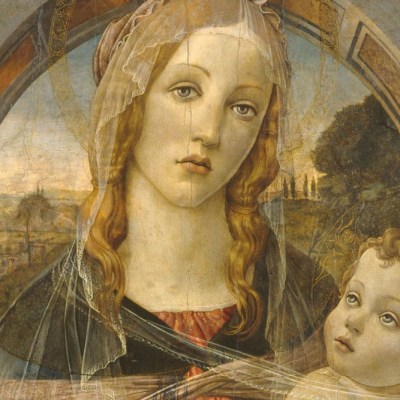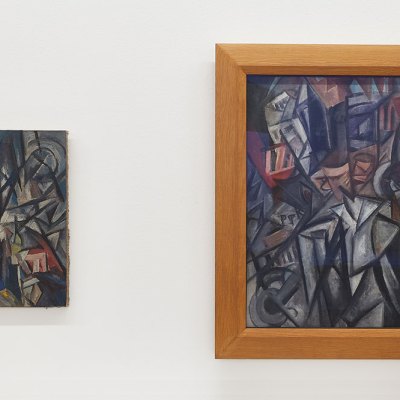If you are an expert in royal furniture from 18th-century France, there are a number of career options open to you. You could take up a post as a curator or conservator, spending your days supervising escritoires, bergères and bombe commodes. You could become a dealer, furnishing the nests of buyers with a taste for comfort in the Louis XV style. Or, if walnut armoires and ormolu fail to get your pulse racing, you could become a forger.
This was the path chosen by Georges Pallot and Bruno Desnoues, who earlier this week received suspended sentences and substantial fines for their role in one of the biggest forgery scandals in France in decades. Pallot, the author of what the Guardian describes as ‘the definitive book’ about 18th-century royal French seats, masterminded the scam between 2008 and 2015 with Desnoues, who had restored furniture – including the bed of Louis XVI – for the Château de Versailles. Though the men used the wooden frames of genuine 18th-century chairs as bases, everything else about the pieces was fake – the tell-tale sign being that the wood had not retracted with time. The Château spent more than €1.5m buying six royal seats from the duo. Rakewell hopes that Catherine Pégard, president of the institution, was already sitting down when the investigation began in 2016.
We have come a long way since the 15th century, when a good forgery could be the ticket to an illustrious career: Michelangelo’s Sleeping Eros (1496), which he carved from marble when he was only 21, passed so convincingly as an antiquity that it helped make his name. The art world today takes a dim view of fakery – even when it is born of genuine passion. When Han van Meegeren was convicted of faking numerous Vermeers, many of which he flogged to the Nazis (which made him something of a national hero after the war), he maintained that he ‘produced them not for money but for art’s sake’. Desnoues told the court, ‘I’m into work and sculpture. I’ve never been passionate about money.’ Self-serving though such arguments may be, they do point to a curious fact about forgery: the ‘best’ fakes are underpinned by genuine craft and years of work.
In fact, Pallot seems stung less by his own criminality or apprehension than by what he perceives as a failure of craftsmanship. Ruefully he told the court: ‘We could have done better. We’re not good forgers. We didn’t make the wood retract.’
He may yet be fondly remembered by posterity; a reputation can sometimes be rescued by a good epithet. Georges Pallot is known as ‘Bill’ to his friends, but your correspondent is tickled by a far apter nickname making the rounds: Père La Chaise.




